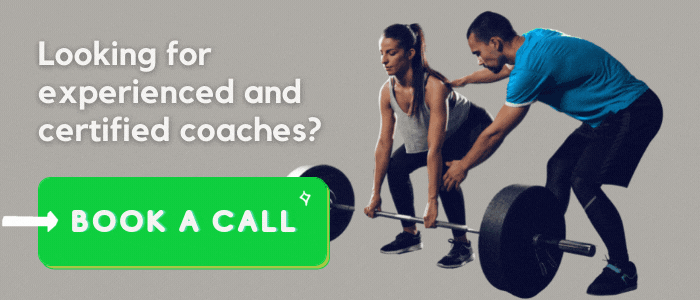Powerlifting Technique Tweaks to Improve Strength Minus the Strain
If you intend to become stronger as you work out, you’ll have to get used to the idea that you’ll have to move some heavyweights. As you can probably guess, powerlifting is one of the best ways to achieve your goal. However, without the proper powerlifting techniques, problems could arise.
To someone who is not familiar with it, weight training can look the same – whether it’s bodybuilding, Olympic lifting, or powerlifting. After all, what you need to do is lift some weights and put them down again, right? Well, that’s not exactly the case. There are various techniques involved as well as different goals too. For example, there may be different reps and loading schemes involved when building maximum muscles compared to when trying to achieve maximum strength. There are other tools, too, and the barbell is just one of them.
But if you’re not training to be a professional powerlifter anyway, you don’t need to make barbells your first and only tool. In fact, if you’re like most gym-goers, you simply want to look better, feel healthier and stronger, and not set new records or anything. There are different variations to powerlifting that can get you the results you want without straining your body.
Here are some of the things that you can try:
Alternatives to Deadlifts and Squats
They may be different exercises focusing on different muscle groups, but they actually have a lot in common. For one, the mobility limitations that would keep you from doing squats properly will also make deadlifting challenging. The solutions apply for both, too – focus on single-leg exercises and just lose the barbell.
Instead of the barbell, use the trap bar as it helps take the focus off of the lower back and put it on the quads, so you get an exercise that’s both hip-dominant and good for the quads, too. Single-leg exercises work best with the trap-bar deadlift and are excellent for lower body training. You can modify it with split squats, skater squats, Bulgarian split squats, and single-leg Romanian deadlifts.
Alternatives to the Bench Press
Powerlifting’s influence is most evident on the bench press. The techniques that let athletes press up to three times their body weight that has been the standard may cause shoulder pain, too.
If you want to build a big chest but not ruin your rotator cuffs, you should work the upper arm and shoulder blade in unison. The shoulders should be able to rotate around the rib cage to create a stable pressing movement. Dumbbells may be better for this as you get a complete range of motion than you would with barbells. You can also do push-ups. You can partner either of the exercises with a machine fly, a cable, or some dips, and you won’t have to do bench presses again.
Conclusion
Depending on your goals, the powerlifting techniques that you need to do vary, too. Powerlifting is an excellent way to improve both your resilience and strength. In a competition, you’d have to lift the maximum possible weight in a single round, either in a deadlift or a bench press. But if you are not doing fitness competition prep, these may not be the goal that you want to achieve. In that case, you should allow a pro to determine the proper techniques that you should do to meet your specific goals.
Award Winning Fitness offers a powerlifting training program in Texas that can help you get to that next level that you want to be in. Whether you are a pro needing a fitness competition prep or someone who simply wants to improve health and strength and start with the right powerlifting techniques, our team of seasoned trainers are here to help you.




